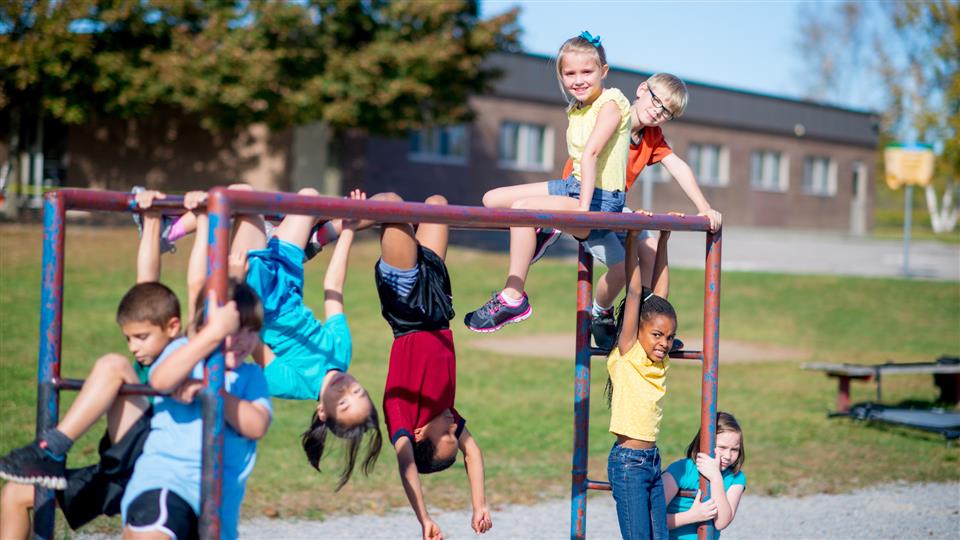Physical activity also increases our levels of the protein Brain-Derived Neurotropic Factor (BDNF), which is essential for neurological growth (White 2017). It helps to build neural connections, maintain healthy neurons, and is linked to memory and higher-order thinking.
Likewise, physical play can help increase our serotonin levels – a chemical that contributes to our sense of well-being and, in turn, helps children to be more attentive. These processes, therefore, challenge the longstanding expectation that children should sit quietly on a mat with their legs crossed. When children fidget on the carpet, it is because they need to move more – particularly boys. Because of boys’ testosterone levels, they can sometimes have lower levels of serotonin, which can result in a greater predisposition to act impulsively. So, sitting on a carpet can impair, rather than promote, children’s ability to learn. Physical activity, such as running and jumping, is vital for healthy bone development and growth while walking and running through a rich visual environment is good for developing eyesight. Spinning around and encouraging children to point out things they see helps to build eye muscles and tracking skills, which are essential for reading. Allowing children ample opportunity to develop their fine motor skills will also develop the muscles and cartilage in their hands.
Physical activity is also a great way for children to bond. Children tend to interact with each other physically, making physical games an ideal time to form friendships; non-verbal children can also participate and feel. Students enjoy going on walks around our green campus. It is found that moving, walking and being active have been great tools for language development, especially in boys. Exploring nature encourages them to talk more, either using simple words or building on speaking in longer sentences.
The youngest has also benefited from short walks around our campus. The stamina develops immensely throughout the year leading to growth in confidence in their walking and running abilities. Providing children with the freedom to run and roll down hills also has huge benefits for their overall development. Research has shown that the brain is more active during physical activity and that even standing at a table participating in an activity can improve attention, engagement and ‘on task’ behaviour. The more senses that are engaged when learning, the higher the percentage of retention of information.

